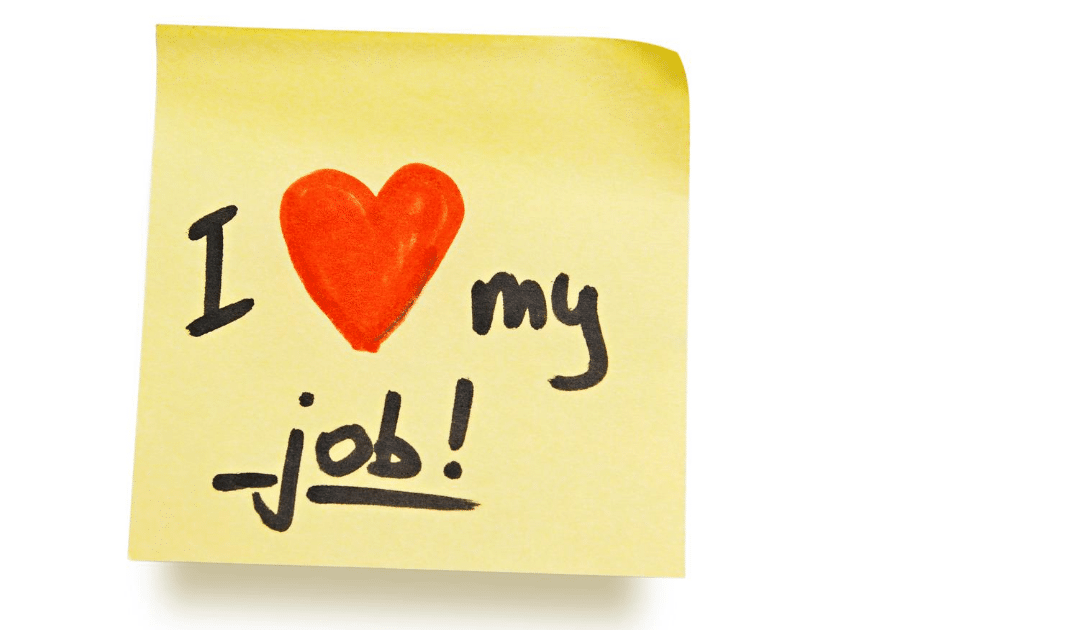
by California Casualty | Behind the Scenes |
It’s no secret; we have amazing employees at California Casualty. The Employee Spotlight is a series we created to highlight some of the talented individuals who are dedicated to making California Casualty a great company to do business with and a terrific place to work.
From human resource recruiters and learning and development trainers to claims adjusters, marketers, customer support specialists, underwriters, partner relations, insurance consultants, and beyond; we are one big family working together for a common goal – to serve you, our policyholders.
Below are just a few of our extraordinary team members who are continuously working to make sure our customers (and fellow employees) have a great experience with California Casualty.
Customer Care Specialist, Lori Ryan:
What made you want to work in Customer Service at California Casualty?
When I was applying for my job at California Casualty, I saw an exciting opportunity to work for a company that had “big corporation pay”, with the feel of a smaller “mom and pop” company, that was really focused on customer satisfaction and employee retention.
What is your favorite part about your job?
I enjoy the different ways in which I can impact my customers, whether it’s counseling them on coverage limits or just making the whole experience of dealing with insurance more enjoyable.
I LOVE working for California Casualty because I love our customers. We have such a unique and amazing customer base with our group members. I get to hear their stories of heroism, compassion, and commitment to community, all while helping them navigate and understand their insurance needs and how to protect their assets.
Tell us some fun facts about yourself!
I like to thrift shop and enjoy painting and repurposing old furniture.
I’m a transplant from Texas who is addicted to coffee and makeup.
I love my job so much, I commute 45 miles to work (one way) just to get here! During that drive, I like listening to podcasts about History, True Crime, and Philosophy
To read Lori’s Employee Spotlight click here.
Talent Acquisition Specialist, Cal Turner:
What made you want to work in Human Resources at California Casualty?
I wanted to work in this position because it makes such an impact on the company. Finding and selecting the right employees for all of our different positions is very challenging yet very rewarding. When you work hard with a candidate, build relationships, get them engaged in our organization and then watch them grow into their role and become a success, it is very rewarding.
What is your favorite part about your job?
I have many favorite things about my company. I am a proud employee – in staffing, you have to be. A HUGE part of your job is selling the company to candidates who have never had any contact with us what-so-ever, and you have to truly love the organization you represent. Luckily, I work for the BEST business and it is very easy for me to do.
One thing I love about my company is all the different levels of management and how there is no division within the rest of the company. Everyone from the CEO to Executives to Upper Management are all warm and approachable people. We are all on the same playing field and it becomes obvious as we get to know each other. It is great to be in a company where everyone is connected that way.
I love the people I work with and the audience we represent. All of them. These are some of the best people in the business, and I love to see all the positive attitudes and appreciative people that I interact with each and every day.
Tell us some fun facts about yourself!
I like to run, do yoga, watch movies, and cook!
I have two awesome daughters who are also brilliant. One was passionate about becoming a lawyer and has recently passed the bar. She is now a Public Defender for the State of Colorado. My oldest daughter is a CPA for a respectable firm in Downtown Denver. I am very proud of both of them. They are the best thing I have ever done in my life.
To read Cal’s Employee Spotlight click here.
Personal Insurance Consultant, Kevin DeSousa:
What made you want to work as an Insurance Consultant at California Casualty?
I really just enjoy talking to people. It especially feels great when you’re also assisting a customer with a life necessity such as insurance.
What is your favorite part about your job?
Besides knowing that we’re helping our teachers, law enforcement officers, firefighters, and nurses! I enjoy really getting to know our customers, I talk to each person on the phone like I’m talking to one of my family members. I don’t want to under-insure my family and I also don’t want to over-insure my family; I want to make sure that everyone is paying for what they need to help take the best care of themselves as possible.
Tell us some fun facts about yourself!
I enjoy my family and my church family. Anytime we can all get together that is a good day!
I love going camping and enjoying the wilderness, I would say I go fishing, but I have yet to catch anything this season, so we’ll just skip that….
I also enjoy working on updating my house and working in my yard with my small farm.
To read Kevin’s Employee Spotlight click here.
Social Media Marketer, Chloe Biancarelli:
What made you want to work in Social Media at California Casualty?
Well, when I first started at California Casualty I had taken a job as an Administrative Assistant for our Service Department.
I had big plans to work a more low-key job while I got my Masters in Marketing, and then I discovered that there was a Marketing position open here, and I had some experience, so I interviewed for it and the rest is history. Now, I’ve fallen in love with my job and I cannot imagine myself anywhere else.
What is your favorite part about your job?
There are so many things that I love about my job. Our audience, the creative freedom, my work family, all of it!\
There is no better feeling than giving back to the heroes in our community, my mom is a dispatcher, so I grew up always being around first responders and going to the sheriff’s office (I still do). AND my aunt and my brother’s girlfriend are also both Teachers. Any profession that puts someone else before themselves, will always have my gratitude and respect. I feel so good knowing that we are putting these heroes, and their needs, first here at CalCas – as they do for others.
Another reason I love my job is the complexity I have as a marketer. Social Media Marketing is often confused with just posting on Facebook and Instagram, but it’s SO much more. Aside from normal social duties, we run mini-campaigns, research and write blogs, communicate with our insured, partner with groups and individuals, strategize creative brand initiatives, sponsor events, design graphics, do video and editing, run our HR Linkedin account, and so much more. Every day is different, and because social is ever-changing, our calendar could literally change at the flip of a switch and you just have to roll with the punches. I love it!
And lastly my work family; we have our own little group of “creative weirdos” in the marketing department here at California Casualty. They make, even the most stressful day, enjoyable. AND we all are absolutely obsessed with our dogs – dog people are the best kind of people.
Tell us some fun facts about yourself!
I’m from Southeast Kansas, and I went to college at Pittsburg State University (Gooooo Rillas!).
I’m engaged and getting married in November! My fiancé surprised me by proposing in Seattle last fall in front of the Space Needle AND hired a photographer to capture the whole thing.
I LOVE Christmas and I’ve been to Rockefeller Center at Christmas time – it was amazing.
I will dance terribly to any song that is playing 100% of the time.
To read Chloe’s Employee Spotlight click here.
In our growing company of 700+ individuals, Employee Spotlights are posted weekly. Check them out for yourself by following us on LinkedIn at @California Casualty.
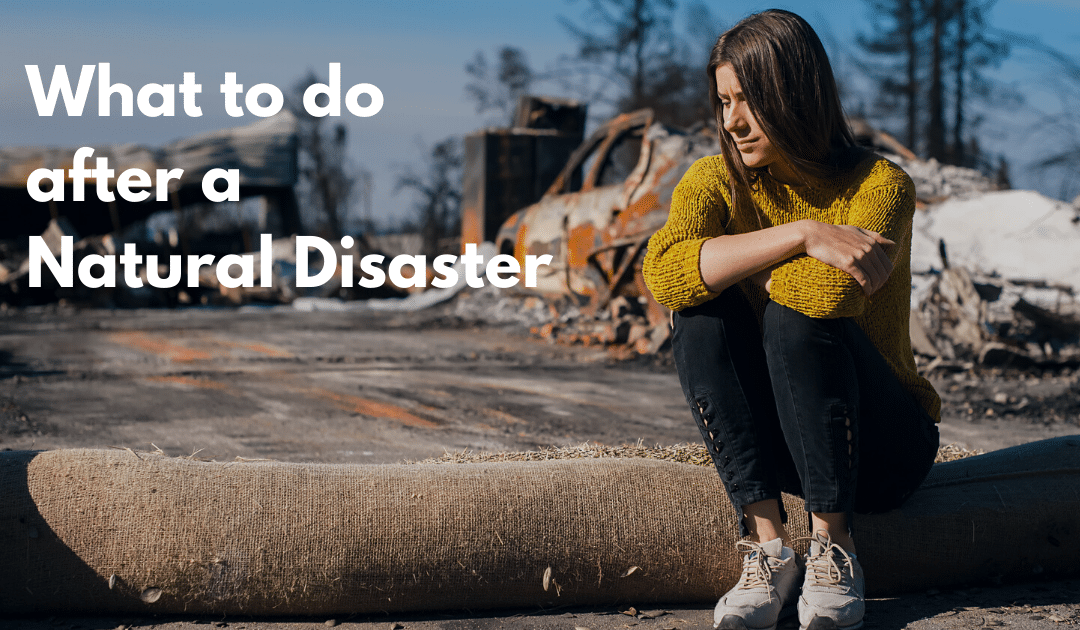
by California Casualty | Good to Know |
Whether it’s a flood, tornado, hurricane or earthquake, a natural disaster can turn your world upside down in a matter of seconds. Besides stress, adrenaline, and fear, there may be injuries to deal with and damage or loss of property. Many people don’t know what to do in the wake of a disaster, which can hinder their coping efforts and recovery.
Here’s a list of the 6 main steps to take immediately following a natural disaster and in the days, weeks, and months that follow.
- Deal with the Immediate Aftermath
-
-
- Make sure all household members are accounted for. If anyone is missing, seek help from first responders.
- Attend to physical injuries or emotional distress. In cases of serious injury, summon professional help.
- If you and your family need to evacuate, follow your family’s evacuation plan, grabbing emergency kits, go bags, and essentials as assigned.
- Notify family and friends that you’re safe. If you can’t connect directly, you can register with FEMA’s emergency family locator online or by calling 1-800-588-9822. See more FCC & FEMA communication tips here.
- Be aware of any new safety issues created by the disaster, such as damaged roads/bridges, chemical spills, downed power lines, and washed-out roads. Inform local authorities if possible.
- Find Temporary Shelter or Housing
-
-
- If your home is damaged and rendered uninhabitable, take photos of the damage, remove any valuables you can, and secure the property. Call your insurance company as soon as you’re able.
- If you need to find an open emergency shelter near you right away, you can text SHELTER and your 5-digit zip code to 4FEMA. You can also use the FEMA Mobile App.
- gov also has shelter resources online.
- If you need to secure a hotel or other short-term housing, check FEMA’s resources for interim housing.
- Remember that COVID-19 safety and health precautions may still be in effect so be sure to protect yourself and your family and stay informed on general guidelines.
- If you have a pet, be sure to ask all sheltering or housing inquiries if pets are allowed.
- Keep all your receipts from temporary housing costs, as you can most likely submit them for reimbursement.
- Emergency Food and Water
-
-
- Listen to local radio or television to find disaster feeding sites.
- Check with local agencies, emergency shelters, and food banks for food assistance.
- If you have to boil or otherwise disinfect water, follow the proper guidelines.
- Seek Disaster Assistance
-
-
- Check local radio and media for information on housing, food, first aid, clothing, and financial assistance.
- The American Red Cross, Salvation Army, and other volunteer organizations also provide assistance, supplies and help with clean-up efforts.
- FEMA helps homeowners and renters who have lost their homes as a result of a presidentially-declared disaster. Assistance includes temporary housing, counseling, low-interest loans and grants, and other assistance. Register at gov or call 1-800-621-FEMA. You’ll need your:
-
- social security number
- telephone number
- insurance information, address (location of damaged home and current address)
- total household annual income
- routing and account number for bank account
- a description of damage and losses
- Returning Home
-
-
- Wait until your area is declared safe.
- If returning at night, use a flashlight to inspect your home and property. Keep an eye out for animals, including dangerous ones such as venomous snakes.
- Inspect the property and perimeter first, checking for hazards such as gas leaks, downed power lines, and structural damage. Do not enter if you smell gas, see floodwaters, or if there’s fire damage.
- If you do enter your home, you’ll need to be extremely cautious. Follow the dos and don’ts of inspecting your home in FEMA’s guide here.
- Replacing Lost Records & Protecting Your Property
-
-
- Ideally, your important records and financial documents were part of your emergency kit.
- If you need to replace records such as birth certificates, driver’s licenses, marriage certificates or social security cards, follow the instructions at USA.gov here.
- Contact your creditors to inform them of the situation and work with them for current and ongoing payments.
- If the disaster is a declared Federal disaster, you may be eligible for federal income tax deductions. Check with your tax planner.
- If a member of your family is injured and you’re caring for them, check with your employer to see if you’re eligible for the Family Medical Leave Act or disability benefits.
While checklists and logistical aspects all need to be dealt with, also keep in mind the mental toll that natural disasters exert. Seek help if you can, take breaks and walks, and practice self-care. Remember that children are especially affected. Community and support networks are especially important in times like these — lean on them when you need support, and offer help to others when you have some extra energy to give.

by California Casualty | In Your Community |
Our streets and freeways are coming back to life after having been empty for months. And right now, we are at the end of the season known as the “100 Deadliest Days” for teenage drivers (Memorial Day through Labor Day). Add to that the excitement of back-to-school and socializing with friends beyond the virtual connections enforced by stay-at-home orders. It’s the perfect storm for poor decision making and inattentive driving by many 16 to 19-year-olds.
While COVID-19 poses a threat to our communities, teenagers are nearly four times more likely to die in a car crash than from the virus.
One of the biggest contributors to this “other” growing pandemic is distracted driving. Distracted driving is anything that takes a driver’s eyes off the road, hands off the wheel, mind off driving, or keeps ears from being alert to surroundings.
Did you know that reckless and distracted driving is the number one killer of young people?
Recognizing the need to proactively address these 100 percent preventable crashes – mistakenly called accidents – Impact Teen Drivers (ITD) launched a Create Real Impact Creative Contest. The contest hinges on the idea that needless teen deaths can be avoided if young people are given a platform to – in their own words – urge their peers to adopt safer driving attitudes and avoid the tragic result of bad choices behind the wheel. This year’s Fall Create Real Impact Contest gives educators and students a chance to win their share of $27,000.
Here’s How it Works:
Students, ages 14-22, can submit one entry into one of the four categories — creative writing, video, graphic design, or music — to showcase their original idea for a solution or strategy to end reckless and distracted driving.
Individual Prizes are awarded in a variety of ways:
- $500 to the entry with the most online votes within each category
- $1,500 to the grand prize winner in each category (as determined by CRI judges*)
- $1,500 for a Spanish language award within the video or graphic design category
*Judges will determine the Grand Prize Winners based on the following criteria: 25% concept/creativity, 25% execution of the idea, and 50% effectiveness of the message. Online voting in no way influences the decisions of the panel of judges.
In addition to the individual student winners, high school teachers and advisors are invited to submit a distracted driving social media campaign developed and implemented by their student leaders. The High School Distracted Driving Social Media Campaign contest gives students the chance to develop critical thinking and rational problem-solving skills through conducting research, advancing technical and creative writing skills, and developing communication with peers and community members across multiple media.
Projects can be developed through distance learning or in-person.
The social media campaign prizes are as follows:
- $10,000 for the first place winner
- $5,000 for second place
- $2,500 for third
Important Dates:
- Contest Opens: Monday, August 24, 2020, at 8:00 a.m. (PT)
- Contest Entry Deadline: Thursday, November 12, 2020 at 4:00 p.m. (PT)
- Online Voting Begins: Friday, November 13, 2020 at 8:00 a.m. (PT)
- Online Voting Closes: Thursday, November 19, 2020 at 4:00 p.m. (PT)
- Grand Prize Winners and Top Online Vote Getter Winners will be announced by the week of November 23-27, 2020
No one understands teens the way their peers do. By leveraging their creativity to spread resonant messaging on safer driving and better decision-making behind the wheel, young people can be a powerful force in reducing needless teen deaths.
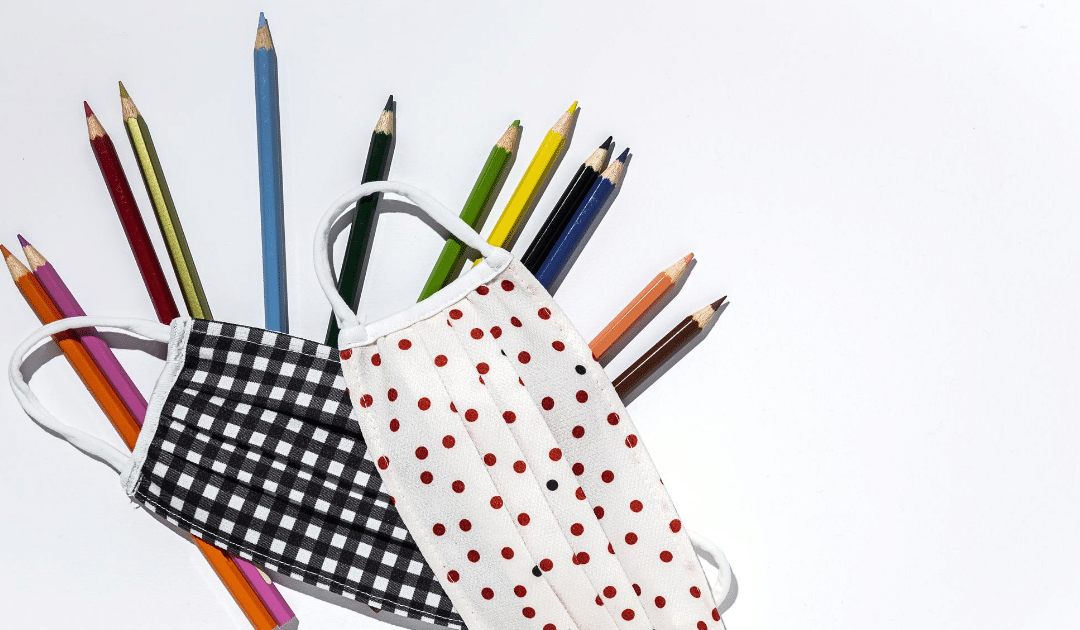
by California Casualty | Educators |
Our Education Blogger is a public school teacher with over a decade of experience. She’s an active NEA member and enjoys writing about her experiences in the classroom.
You spend about eight hours a day in the classroom; it’s basically your second home. You never know what your day in the classroom will throw at you, especially these days, so be sure you’re prepared. In addition to your basic supplies, stock up with these 10 essential items every teacher should have at their desk.

- Good Grading Pens/Markers – You can never have too many colorful grading utensils! I like Papermate Flair Pens and they come in a variety of bright, fun colors.
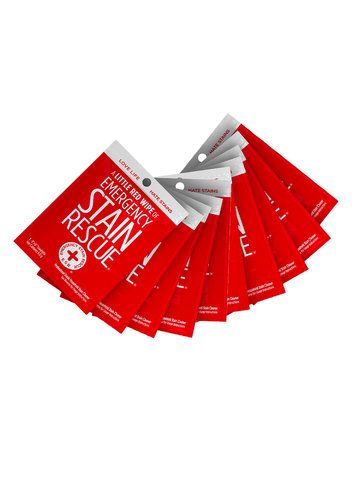
- Stain Remover – I always spill my coffee on my shirt! I use a quick stain remover, like Shout Wipes or Tide Pen, to clean myself up in a snap!
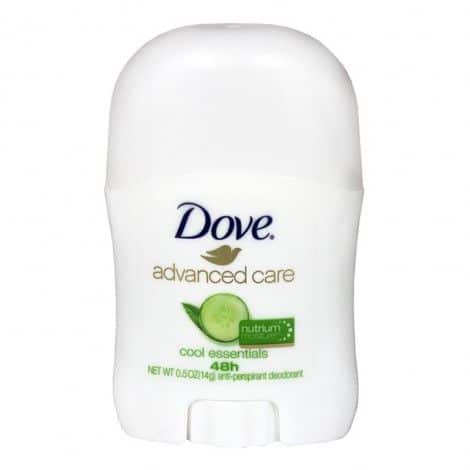
- Travel-Sized Deodorant – The temperature of my classroom is never consistent! One hour I’m wearing my parka while I teach and the next I’m down to my sweat-stained shirt. Keeping a stick of deodorant on hand is also helpful on those warm days that I have recess duty.
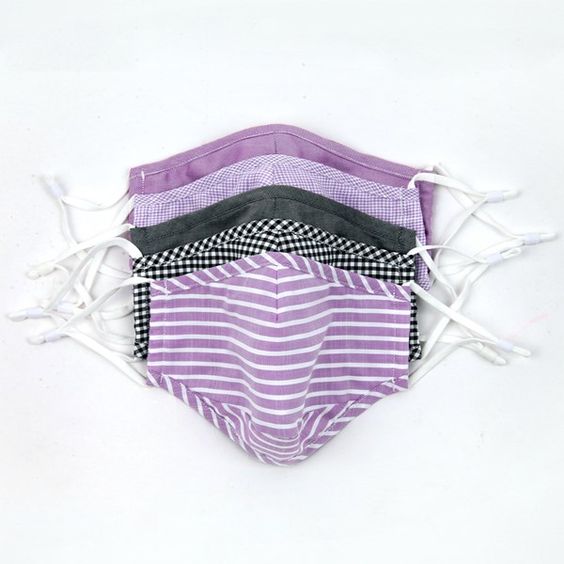
- Extra Masks – For those days when you are rushing out the door and forget we are living in the “new normal”.
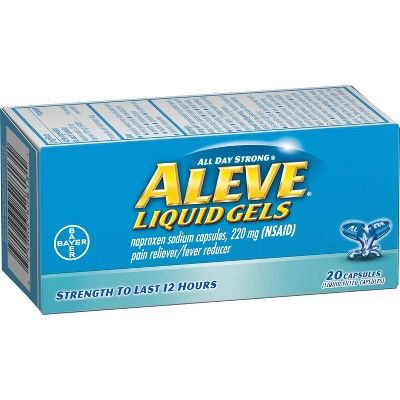
- Pain Reliever – It’s hard to teach when you’re head is pounding! Keep a small bottle stashed in your desk drawer so you can make it through a tough day.
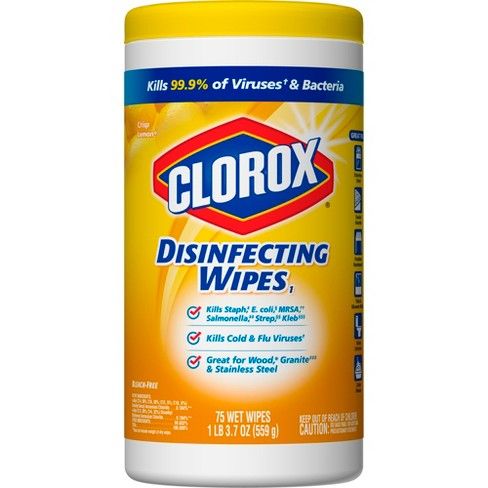
- Disinfectant Wipes – Even though the janitorial staff is consistently wiping down surfaces, between classes this will most likely be your responsibility to help you (and your students) stay safe.
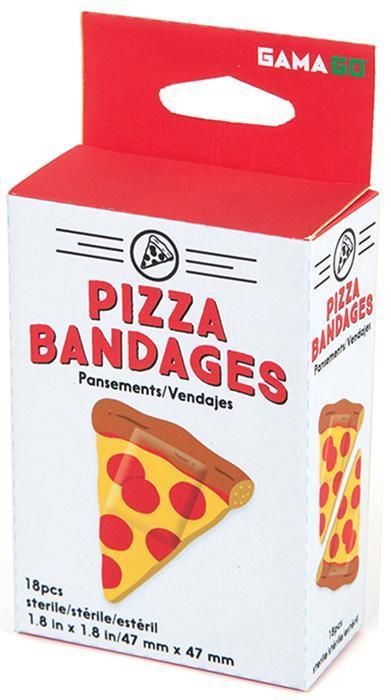
- Bandages – No need to send students to the nurse (and risk exposure) for minor cuts and scrapes.

8. Hand Sanitizer– For when you don’t have time to run to the bathroom and wash your hands between periods.
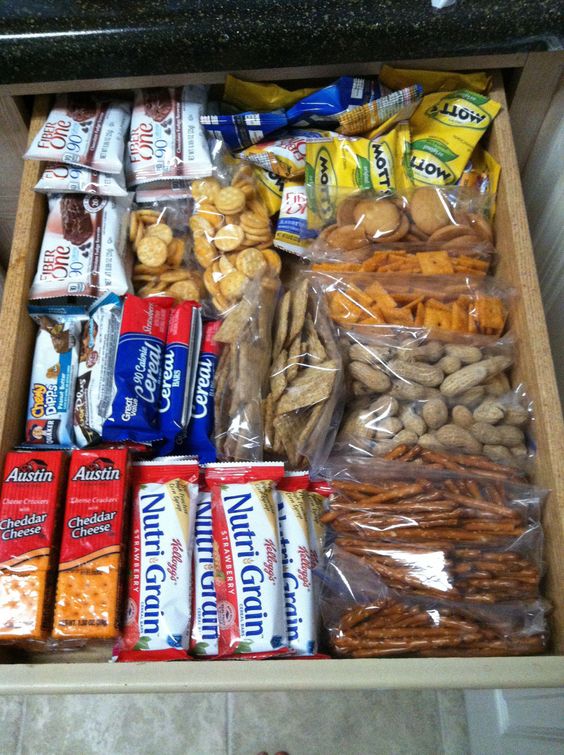
- Snacks – Keep a few healthy snacks, that you don’t have to eat with your hands, tucked away so you aren’t tempted to go to the vending machine-like cereal bars, applesauce, or jerky sticks.

- Reusable Water Bottle – Water fountains can be full of germs, invest in a large enough water bottle that you won’t have to refill throughout the day.
A few extra items that could also help you out include K Cups, a Fun Coffee Mug, a To-Do List, Lotion, Mechanical Pencils, Post- its, Kleenex, Gum, a Desk Fan, and a Bluetooth Speaker
Worried about shelling out your own money? Ask parents and families to donate items that are for student use, like cough drops, wipes, Post-its, pencils, and bandages!
Check out our Pinterest Board, Teachers: What To Keep at Your Desk, for more and don’t forget to give us a follow at California Casualty to stay up to date on every new idea we discover! Scan our Pincode with your Pinterest camera to follow:

This article is furnished by California Casualty, providing auto and home insurance to educators, law enforcement officers, firefighters and nurses. California Casualty does not own any of the photos in this post, all are sources by to their original owners. Get a quote at 1.866.704.8614 or www.calcas.com.
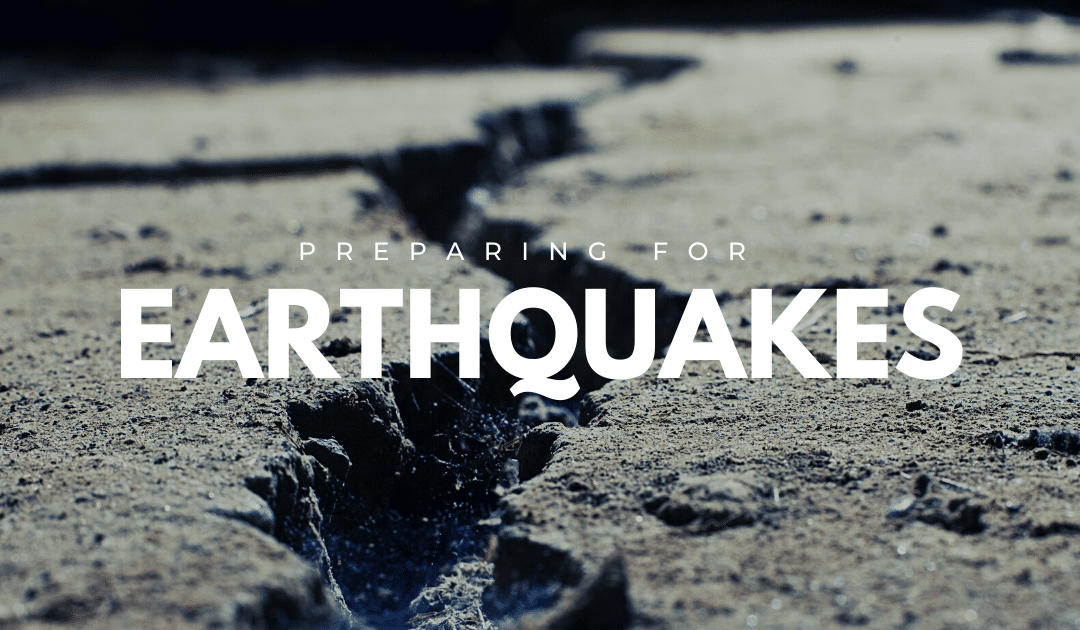
by California Casualty | Homeowners Insurance Info, Safety |
Chances are good that if an earthquake hits, you’ll be at home — especially now, when many of us are working at home due to coronavirus.
Luckily, there are simple things you can do today to safeguard your home and better protect yourself and your family before an earthquake strikes. Start with our 12 to-dos below. You’ll also find 3 top tips for what to do during a quake and, just as importantly, what not to do.
Inside Your Home
Whether it’s the kind that rolls in waves or arrives with a sudden jolt, an earthquake will surely shake your home and its contents. More people are injured by falling objects or furniture than by building damage. Make your home safer by securing and moving furniture and accessories, especially where people sit, sleep, or spend a lot of time. Pay special attention to heavy objects: move them lower to ground level and also make sure they’re not close to escape routes or doorways. Here are 12 other items to check and secure:
-
- Bookshelves – Tall bookshelves are an accident waiting to happen, as they’re unstable to begin with, and their contents can easily become airborne. Secure them to a wall stud using L-brackets and place the heaviest items on bottom shelves.
- Chemicals – If you have chemicals stored on open shelves in the garage or basement, protect them against spills by installing wood, plexiglass strips or wires to restrain them. If containers are behind cabinet doors, use latches to secure the doors.
- Display Cases – Secure these to the floor using appropriate brackets. Install safety glass if possible. Try to secure shelves inside the case as well.
- Electronics – For large electronics such as flat-screen TVs and entertainment centers, buy a “safety strap” kit, which contains straps and buckles designed for these heavy electronics.
- Hanging Objects – These are especially prone to be thrown around in a quake. Framed pictures and mirrors should be hung from closed hooks so they can’t bounce off walls. You can also use earthquake putty to secure corners. Move medium or large-sized pieces so they’re hung on studs, which is more secure being hung on drywall only. Make sure any hanging plants are well away from windows.
- HVAC Units – Anchor units using restraint brackets or seismic snubbers.
- Kitchen Cabinets – Shaking can cause cabinet doors to fly open and throw contents onto the floor. This can lead to a floor full of glass and ceramic shards – not to mention damage to countertops and walls. Secure cabinets by installing one or more of several latches: hook and eye, standard latch, pull/throwover, push latches, child-proof, or seismolatch.
- Piping – Secure all overhead pipes using brackets.
- Refrigerator – Secure refrigerators and other major appliances to wall studs using earthquake appliance straps.
- Space Heaters – These should be equipped with support legs and properly spaced angles. Learn online to DIY or hire a professional.
- Suspended AC Units – These should be braced with angles or welded to a support rod.
- Water Heater – Proper fastening involves having 2 straps that wrap completely around the unit and are screwed into studs of the wall.
What to Do During a Quake
The more you move or try to run during an earthquake, the greater chance you’ll be injured by falling or flying objects. Instead, remember to:
1. Drop to hands and knees – Do this before the earthquake knocks you down. It protects you from being thrown down and allows you to move if you need to.
2. Cover your head and neck – Get under a sturdy table or desk as soon as you can. If you can’t get to one, get next to low-lying furniture that won’t fall on you or next to an interior wall. Wherever you end up, cover your head and neck for protection.
3. Hold on to your shelter – Hold on to the table or desk (or your head and neck) until the shaking stops. If you’re under a table, be ready for it to shift as the quake rolls – and move with it.
What NOT to Do
1. Run outside – A building’s exterior walls are the most dangerous place to be during a quake. Facades, windows, and architectural details are often first to collapse or break. If you’re inside, don’t run outside, and if you’re outside, don’t run inside – crossing the building exterior puts you at risk of being injured by falling debris.
2. Stand in a doorway – It’s a long-held idea that a doorframe is the safest place to be. In modern homes, a doorframe is no safer than any other part of the house and won’t protect you from airborne or falling objects. You’re safer under a sturdy table.
3. Get in the “triangle of life” – An email that’s gone viral in the last few years offers advice counter to the long-established “Drop, Cover and Hold On” advice. The actions outlined have been discredited as potentially life-threatening by experts and their organizations.
Earthquake safety really boils down to preparation. Although you can’t control where you’ll be when one hits, you can prepare yourself and your home starting right now. Between the tips above – and our articles on what to do before and after a quake and emergency kit basics – you’ll be well on your way to pro-level preparation.
This article is furnished by California Casualty, providing auto and home insurance to educators, law enforcement officers, firefighters, and nurses. Get a quote at 1.866.704.8614 or www.calcas.com.
















